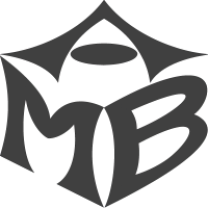Piano Repair
Repairing the piano gets all of its moving parts in working order. Sometimes, a thorough cleaning is the only thing necessary to free up the action parts and correct any problems. Other times, easing, tightening, or rebushing/repinning is required. And sometimes a broken part must be repaired or replaced.
The piano action is incredibly complex with 38 to 42 moving parts connected to each key. Yet the key is always blamed if anything quits working. "Sticking Key, " "Clicking Key," "Slow Key," "Broken Key"--these are examples of common complaints we often hear. It is nearly impossible to diagnose key problems over the phone. Once we inspect the piano, we will be able to identify the problem and make any necessary repairs.
Specific brands and styles of pianos have notorious problems that we will be looking for to help avoid future broken parts. Older spinnets often need new plastic elbows. Baldwin spinnets frequently have dried-out grommets that click, crack, and fall off. Older Yamaha uprights need the hammer flanges replaced. As parts break, we can replace them. But with these cronic problems, it's more cost effective to replace the entire set at one time and avoid extra service calls.
Broken strings are normally encountered during tuning when a piano has been allowed to drift significantly below concert pitch. If a piano has experienced extreme moisture and humidity, corrosion builds up on the coils and pressure points. This weakens the string steel. We carry multiple sizes of treble string wire with us and can quickly replace a broken string. (Wound bass strings must be custom ordered to ensure the correct length and thickness. This provides a consistent scale tension which will prolong the life of your piano.)
Some parts are no longer sold and can't simply be replaced. When this happens, we can either modify a similar part, repair the broken part, or custom make the nessesary part to fit the action.




